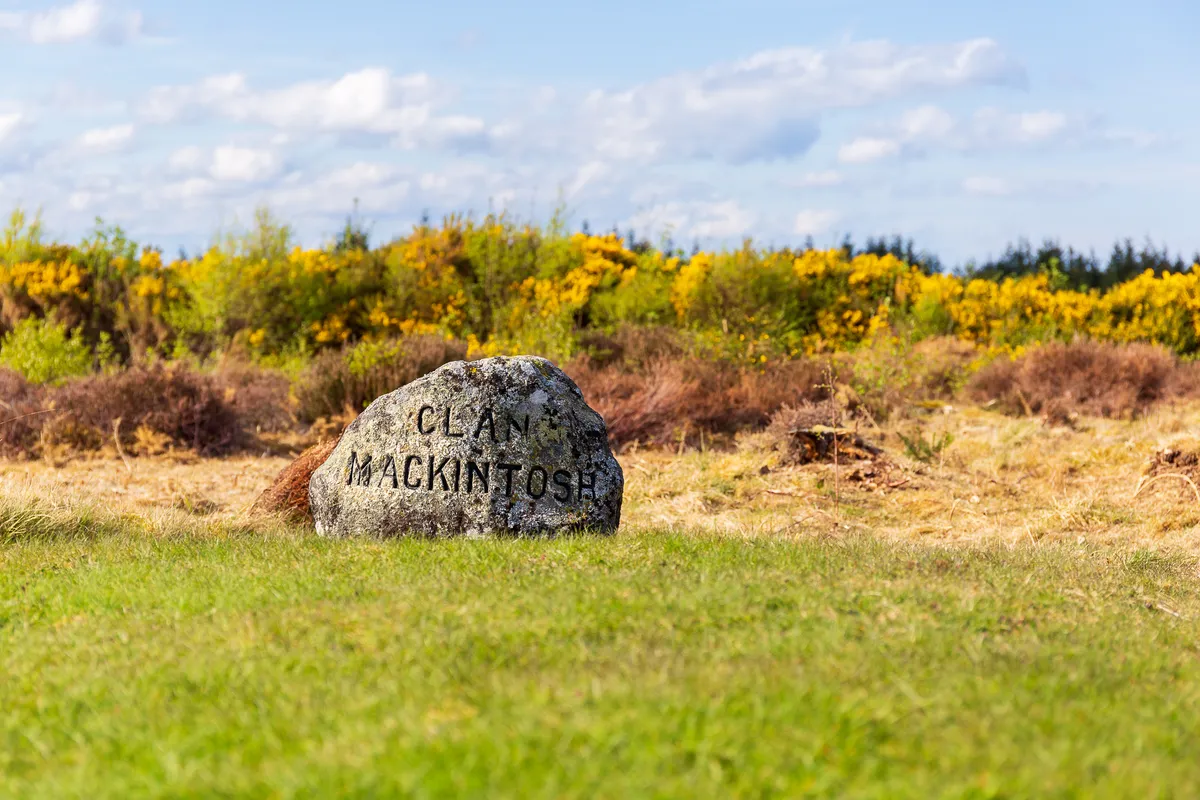Drummossie Moor is a desolate place to die. But that mattered little to the legions of brave Highlanders as they lined up against a formidable government force in the mid-18th century.
When was the Battle of Culloden?
The 5,500-strong Jacobite army (supporters of Bonnie Prince Charlie, who fought to overthrow King George II), were as yet undefeated but hungry and exhausted after a long march on meagre rations when they faced the Duke of Cumberland’s mighty army of 7,500 well-rested men on 16 April, 1746.
How long did the Battle of Culloden last?
The Jacobites were out-matched in terms of cavalry and munitions and the battle, the last to be fought on British soil, was over in less than an hour.
- Meet the brave, but inevitably doomed, Jacobites and discover the trail of blood, war and historical battles
- Guide to Britain's battlefields: history and best sites to visit
With the odds stacked heavily against Bonnie Prince Charlie’s men, it was a bloody and brutal defeat. Accounts tell of men being beheaded, of limbs hacked off and of bodies skewered by bayonets. Wounded soldiers were slaughtered where they lay and, according to reports of the time, the moor was a sea of blood.

How many died at the Battle of Culloden?
Around 1,250 Jacobites died, while there were just 50 fatalities in the government ranks.
After the battle, the fallen lay on the wet, windswept moor for several days before being buried in mass graves. Today, the site is a war grave and it is said that the heather refuses to grow atop the burial mounds and birds do not sing in their vicinity.
It is little surprise, therefore, that tales of phantom figures, restless ghosts and tortured ghouls abound. At twilight or on a misty day, an eerier spot would be hard to find.
The graves lie just a short walk from Culloden Visitor Centre, close to a memorial cairn built in 1881. The route leads across the moor, passing a row of red flags delineating the government line. As you near the graves, look out for a carved stone marking the Well of the Dead. During hand-to-hand combat, the Chief of the MacGillivray clan fell here. One can imagine the waters flowing red as he lay here, blood ebbing from his wounds.
While MacGillivray rests in peace, there have been numerous reports over the years of other souls wandering the battlefield. The apparition of a slain Highlander, tall and with drawn features, is said to wander the moor, whispering ‘defeated’ to anyone he encounters.
Other visitors have heard the ghostly skirl of a lone Jacobite piper while the cries of battle and the clash of steel have also been reported.

One of the most ominous and frequently recorded sightings is of a giant black bird known as the Great Scree. Lord George Murray, one of the Jacobite commanders, first sighted it on the eve of the battle and, following the defeat, it was unsurprisingly considered to be a bad omen. If you see this harbinger of doom swoop over the moor, chances are your luck will change, and not for the better.
A circular trail crosses the moor, passing blue flags marking the Jacobite line. On the way back to the visitor centre, pay a visit to restored Leanach Cottage. After the battle, government troops found 30 wounded Highlanders hiding here. Rather than take them prisoner, they barricaded the exit and set fire to the building, burning the men to death.
While phantom sightings are most common on the anniversary of the battle, supernatural activity has been recorded throughout the year so keep your wits about you whenever you visit.
How to get to Culloden Battlefield
Approaching Inverness on the A9, leave the road three miles south of the city to join the B9177, following signs for Culloden. At the next junction, go right on the B9006, passing through Westhill, to reach Culloden Moor. Stagecoach Highland bus service 2/2A runs between Queensgate, in the centre of Inverness, and Culloden Moor.
FIND OUT MORE
Culloden Moor
Inverness IV2 5EU
0844 493 2159
www.nts.org.uk
Culloden Moor is open daily, and admission to the battlefield is free. The visitor centre is open 24 Jan - 24 Dec, 9am-6pm in summer and 10am-4pm in winter. The battlefield paths are accessible to wheelchairs.
Top image: Painting of the Battle of Culloden by David Morier (1705?–1770), Public domain, via Wikimedia Commons
.